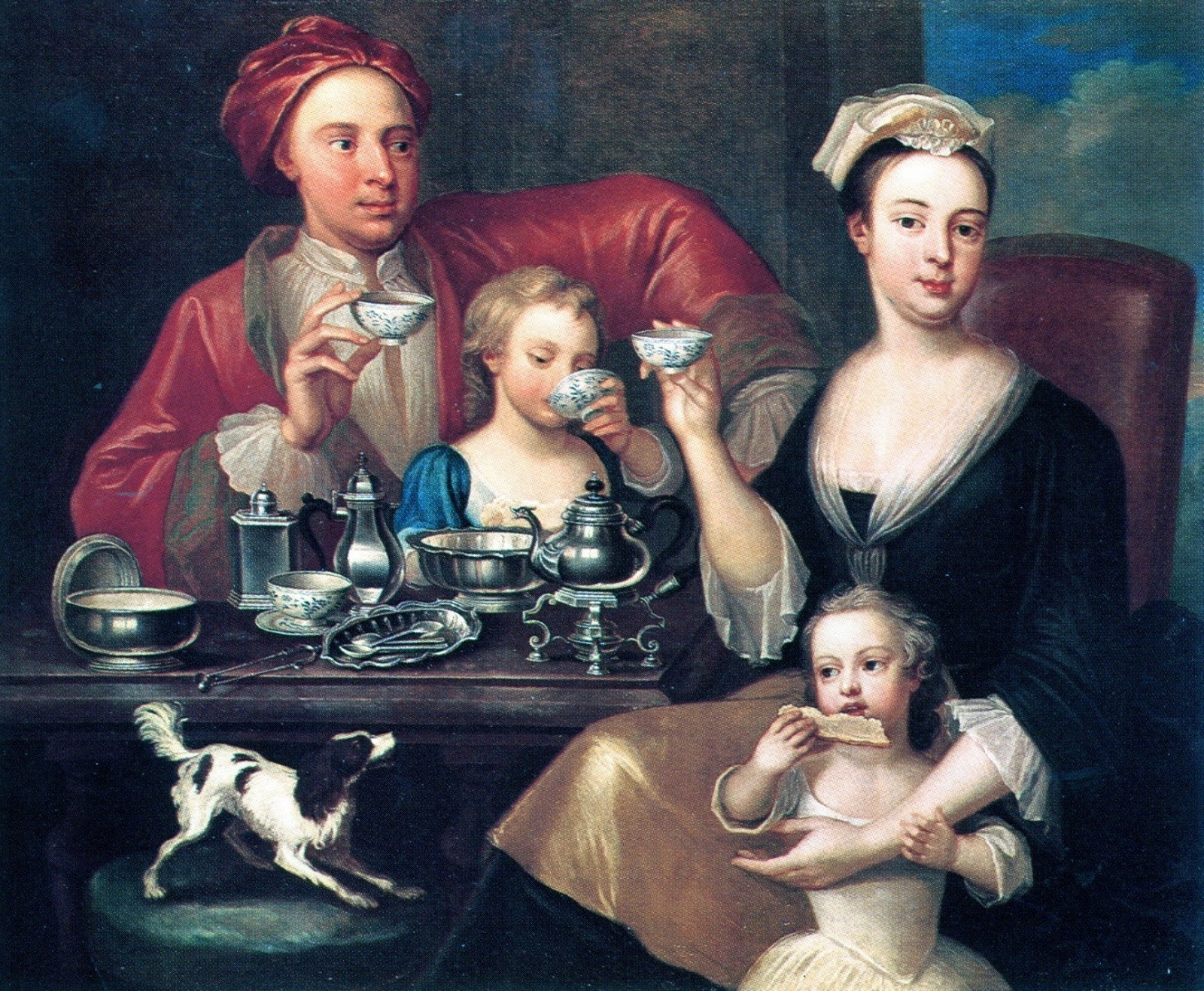
Formal Table Settings and Dining Etiquette
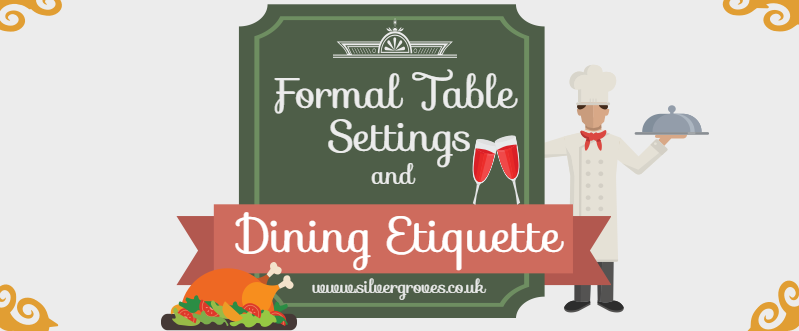
Contents
History
Eating is a physical need but meals are, and have always been, part of a social ritual. From as early as 3000 BC, feasting has been a way for people to gather together and honour the social elite and the deities above them. Ancient Egyptian festivals were often celebrated with lavish communal meals to honour the gods and their ruling pharaohs. The Romans had their own celebratory banquets in admiration of their emperors and, later, the Saxons were known to have celebrated the success of their conquests by feasting together on the spoils of their plunder, in praise of their warrior king.
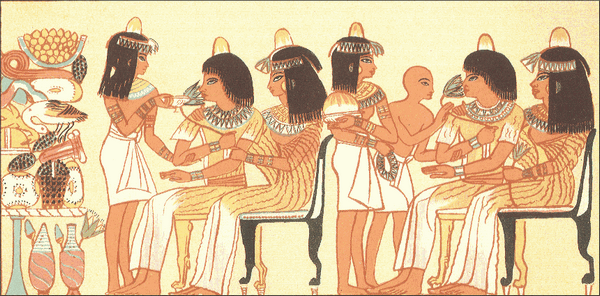
Feasting in its most basic form has always established and upheld the social hierarchy. The ancient Greek’s Symposium literally translates to “banquet”. This was a place where only the wealthiest men would gather to offer libations to the god Dionysus, before being entertained by dancers, acrobats and musicians as they feasted. A “King of the Banquet” would even be chosen by lots, and it would be this individual’s responsibility to instruct the slaves as to how strong they should mix the wine. To eat well was to be recognised among the social elite. Satiation signifies status.
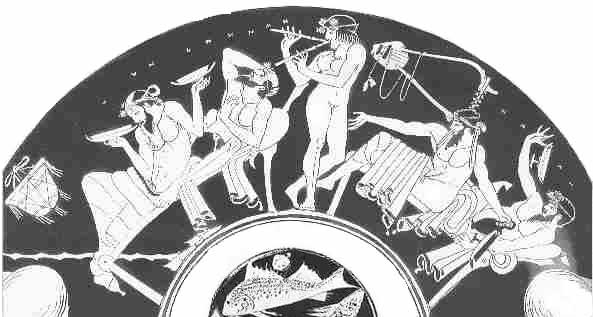
This was a place where only the wealthiest men would gather to offer libations to the god Dionysus, before being entertained by dancers, acrobats and musicians as they feasted. A “King of the Banquet” would even be chosen by lots, and it would be this individual’s responsibility to instruct the slaves as to how strong they should mix the wine. To eat well was to be recognised among the social elite. Satiation signifies status.
However, from what historians and archaeologists have discovered about these ancient civilisations, there is nothing to suggest that there was any refinement in their eating habits. While the earliest knifes and spoons that have been found date back to the Neolithic age, (some seven to four thousand years ago), these utensils were only ever used for their functionality.
The evolution of formal dining – that is, where what is used to eat with is of as much importance as what is eaten – therefore “begins” in the Middle Ages. In the table settings for medieval feasts, the position of the vessel that was used to hold the salt (known as the nef), would indicate which guest was of the most importance at the table. To sit above the salt was to sit in the place of honour. Large silver dishes were used to hold the meat, fish and vegetables and bring them to the table for the first time. Spoons and knives were not furnished by the host, but were instead brought by each guest: whose servants, so equipped, would carve the meat and serve each of their masters. The guests themselves would eat with their hands and throw any refuse on the floor; the cleanliness of the cloth (or Nappe) around each place at the table was of prime importance and was something that each guest would take great pride in. It’s easy to see how, from these origins, the modern concept of “formal dining” began.
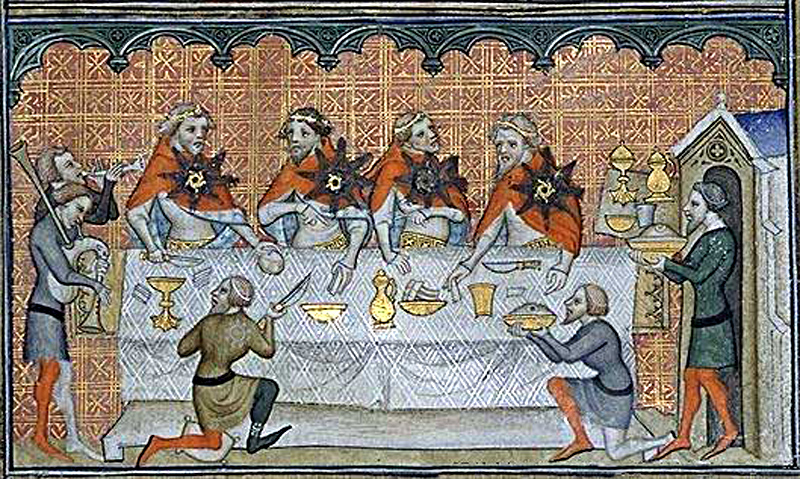 Communal meals fast became an opportunity for the nobility to express their wealth with the silverware that they displayed at the table. Within a period of two hundred years, silver trenchers, wassail bowls, ewers, lavers, and basins became commonplace at tables which only used to hold salt cellars. The spoons brought by each guest became more intricately designed and elaborate: again, as a way for each guest to demonstrate his wealth and the level of craftsmanship that he could afford. Indeed, lavish spoons were commonly given as gifts to aristocratic children on their baptisms by their sponsors: a practice that, most likely, gave credence to the phrase “born with a silver spoon”. Dining was less egalitarian than ever before. Indeed, the stratification of social classes was most obviously marked by their respective table settings.
Communal meals fast became an opportunity for the nobility to express their wealth with the silverware that they displayed at the table. Within a period of two hundred years, silver trenchers, wassail bowls, ewers, lavers, and basins became commonplace at tables which only used to hold salt cellars. The spoons brought by each guest became more intricately designed and elaborate: again, as a way for each guest to demonstrate his wealth and the level of craftsmanship that he could afford. Indeed, lavish spoons were commonly given as gifts to aristocratic children on their baptisms by their sponsors: a practice that, most likely, gave credence to the phrase “born with a silver spoon”. Dining was less egalitarian than ever before. Indeed, the stratification of social classes was most obviously marked by their respective table settings.
Perhaps the most significant development in culinary art and etiquette came at the beginning of the 17th century with the introduction of the fork into English society. More than anything else, the fork promoted a greater degree of cleanliness at the table: making choicer table linen, more handsome napkin arrangements and finer dining clothes possible for the wealthy. Together, technological advancements in English dining had sparked a cultural revolution. People started to define themselves through the artistry of their table settings. Culinary art advanced to higher standards: improving manners by allowing diners to eat “respectably”. New meals and drinking practices were even invented in the 18th Century specifically as occasions in which to demonstrate proper dining etiquette: afternoon tea being, perhaps, the most notable.
